calsfoundation@cals.org
James Ronald Rodgers Sr. (1947–1993)
James Ronald Rodgers Sr. was the nation’s first African American to be appointed manager of a major commercial airport, the first Black head of a major independent city agency in Little Rock (Pulaski County), and the state’s first Black commercial loan officer.
James Rodgers was born on March 15, 1947, in Little Rock to Homer and Ruth Rodgers. The fifth of six children, he spent his childhood in the Tuxedo Courts housing development south of Roosevelt Road. Rodgers grew up working with his mother, brothers, and sister for his father’s janitorial service.
After graduating from Horace Mann High School in 1965, Rodgers attended Little Rock University—now the University of Arkansas at Little Rock (UA Little Rock)—for a year and a half. In 1967, he joined the U.S. Air Force. After a four-year stint as a radar technician, he returned to civilian life and resumed his studies at UA Little Rock, graduating in 1972 with a BS in accounting.
He married Claudia Dennis of North Little Rock (Pulaski County) on February 20, 1967, and the couple had two children.
Rodgers joined First National Bank (later First Commercial Bank) as a management trainee. During his banking career, he attended the Southwest Graduate School of Banking at Southern Methodist University in Texas. Soon, he was promoted to branch manager, followed by a promotion to assistant credit department manager and later to the position of commercial loan officer. B. Finley Vinson, president of First National during Rodgers’s tenure, remembered him as an unusually competent employee: “He always was a top hand at relating to his customers and their needs.”
In May 1977, Rodgers joined Little Rock Regional Airport (now Bill and Hillary Clinton National Airport) as administrative assistant to manager Robert Crisp. One of his first assignments was to meet with the people who lived at the north end of the runway about the need to keep their trees cut. He accomplished this task by meeting with residents on an individual basis and in groups through neighborhood organizations and churches. Rodgers quickly absorbed administrative knowledge; in less than three years, he was named general assistant manager just before Crisp retired. In 1980, Rodgers was named airport manager at age thirty-three. During his tenure from 1980 to 1993, boardings went from 494,000 in 1981 to more than one million, a 200,000-square-foot expansion of the terminal was completed, a runway was renovated and extended from 7,173 to about 8,000 feet, and a parallel runway was built. The expansion projects Rodgers coordinated totaled more than $70 million.
Rodgers was a member of the American Association of Airport Executives and the Airport Operators Council International. He served as director of the Pulaski County Chapter of the American Red Cross and was a member of the executive board of the Boy Scouts of America Quapaw Council. In 1987, he served as chairman of the board of the Little Rock branch of the Federal Reserve Bank of St. Louis, Missouri.
Rodgers died on December 21, 1993, of complications from a heart attack he suffered in June of that year. He is buried at Little Rock National Cemetery.
On August 18, 1994, Southwest Hospital dedicated its magnetic resonance imaging (MRI) unit to the memory of Rodgers, its former vice chairman of the board. On October 27, 1994, Rodgers was posthumously inducted into the Arkansas Aviation Hall of Fame.
For additional information:
Holmes, Joe. “James Rodgers: Finding His Own Center Line at LR’s Airport.” Arkansas Business, July 18–July 31, 1988, 19–21.
Jordan, Wayne. “James R. Rodgers Sr.: LR Airport Manager, 46, Was a Pioneer.” Arkansas Democrat-Gazette, December 23, 1993, p. 7B.
Moorehead, Eric K. “Little Rock Regional Airport Reaches New Heights.” Little Rock in View, June 1991, 10–11, 19.
Obituary of James Ronald Rodgers Sr. Arkansas Democrat-Gazette, December 24, 1993, p. 4B.
Ruth L. Laster
Sun Lakes, Arizona

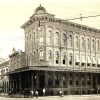

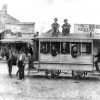
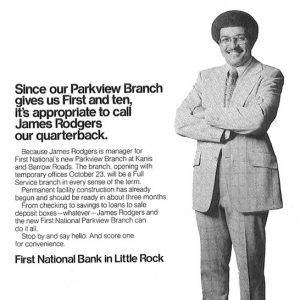 First National Bank Ad
First National Bank Ad 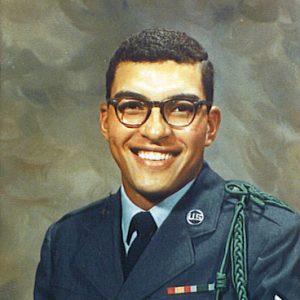 James Rodgers
James Rodgers 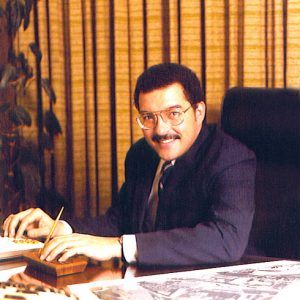 James Rodgers
James Rodgers 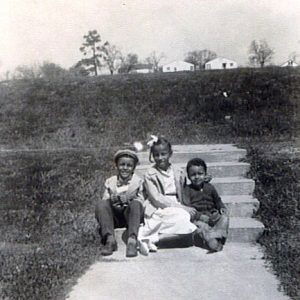 James Rodgers
James Rodgers 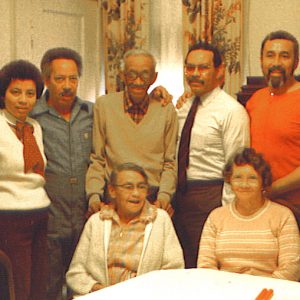 James Rodgers and Family
James Rodgers and Family 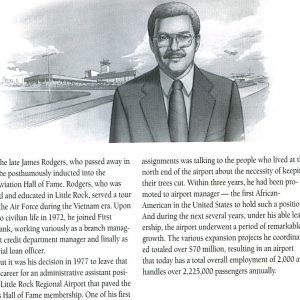 James Rodgers Induction
James Rodgers Induction 



Comments
No comments on this entry yet.